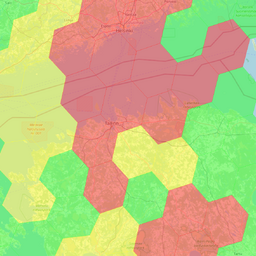A new disruptor near Estonia's border with Russia has caused significant GPS interference.
Air and maritime transport remain safe as they have other navigation tools that work without GPS signals.
In the Baltic Sea region, there are two major interference areas: Kaliningrad and St. Petersburg. Recently, a new disruptor has emerged, primarily affecting drone flights around Narva and the coastal areas of the Gulf of Narva.
GPS interference may affect drone flights in areas near the eastern border, but it is almost non-existent in central and western Estonia.
The police and border guard have established a five-kilometer no-fly zone for drones near the eastern border. This helps prevent accidents that could be dangerous to human life and property.
GPS interference has been observed more frequently since June 2023. These interferences are noticeable at higher altitudes, starting from 5,000 feet, and may affect aircraft position accuracy.
The impact of the disruptor can only be stopped by turning it off. Technical means cannot neutralize this effect. The disruptor is located on Russian territory.
The International Telecommunication Union (ITU) regulates international relations in this field. Estonia and Russia are both members of the ITU.
The issue of GPS interference is permanently on the ITU agenda. In addition, the International Civil Aviation Organization (ICAO) has criticized Russia's GPS interference in our region.
At the meeting of EU telecommunications ministers, it was mentioned that the European Union needs its own independent satellite communication system.

